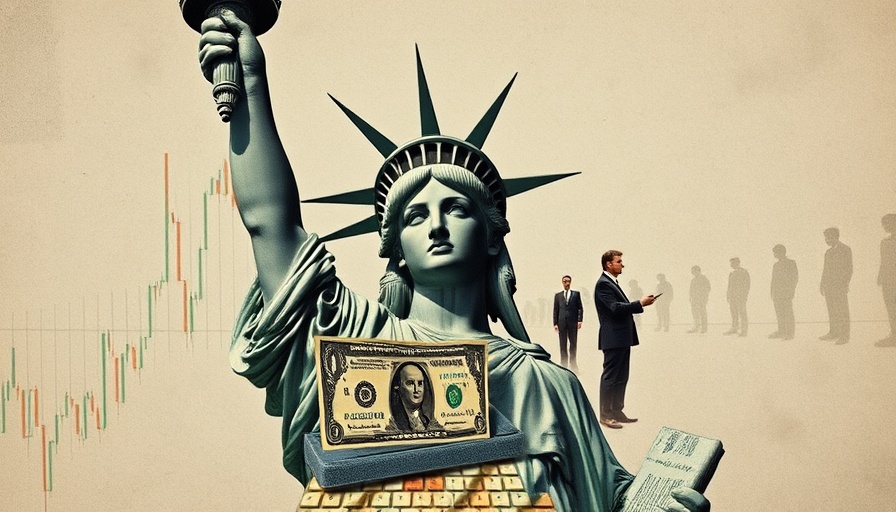
Envisioning the Future: The Most Walkable City in America
California Forever, a visionary development group, is aiming to redefine urban living in America with its recent formal application to build what it promises to be "the most walkable city in America." Nestled in Suisun City, this ambitious project aspires to create a community where daily necessities are just a short stroll away, enhancing the quality of life for its residents.
The Vision for Walkability
The concept of walkable cities has gained momentum across the United States, as communities seek to reduce reliance on cars and encourage healthier lifestyles. California Forever's initiative aligns with a national trend exemplified by other cities like San Diego, where developments are focused on sustainability and convenience. As highlighted in a recent report from the Environmental Protection Agency, neighborhoods with high walkability scores tend to attract more housing permits. In fact, nearly two-thirds of permits issued in San Diego County from 2018 to 2024 were for areas with above-average accessibility.
Learn from San Diego: A Case Study in Urban Planning
San Diego serves as an insightful model for California Forever, showcasing how prioritizing walkability can reshape urban landscapes. In neighborhoods like Hillcrest and Little Italy, residents enjoy mixed-use developments where homes coexist with shops and essential services. This integration fosters vibrant communities where people can connect and thrive. Councilmember Stephen Whitburn emphasizes the economic benefits, noting that added housing supports local businesses and reduces rent costs, creating a balanced ecosystem.
Challenges on the Path to Walkability
However, the ambition to create walkable neighborhoods faces significant hurdles, especially regarding zoning policies. Nationwide, only a meager 1.2% of land is zoned for the dense, mixed-use developments that facilitate walkability. Unlike San Diego, which is making strides in updating its zoning laws, many cities remain tied to outdated regulations that prioritize single-use development. California Forever must navigate these zoning challenges to realize its vision.
The Health and Environmental Benefits of Walkable Neighborhoods
Beyond convenience, walkable neighborhoods yield vital health and environmental advantages. Research indicates that areas designed for pedestrian access significantly improve public health outcomes, reducing obesity rates and encouraging physical activity. Moreover, decreased car dependency contributes to lower carbon emissions, addressing pressing environmental concerns. San Diego's ongoing commitment to establishing safer sidewalks and bike lanes mirrors these objectives, showing that changes in urban planning can positively impact community well-being.
Catalyzing Change: Future Implications for Urban Development
With the climate crisis at the forefront of global concerns, ambitious projects like California Forever pose a crucial opportunity to drive change. The push towards walkable urban spaces not only addresses affordability and accessibility but also champions sustainability. As cities rethink their layouts, the potential for local economies to flourish alongside environmental conservation becomes apparent.
Conclusion: A Call for Community Engagement
As newcomers to urban development, California Forever's undertaking invites community involvement and dialogue. Engaging residents throughout the planning process will ensure the vision resonates with the public and meets their needs. It’s an exciting time—by embracing walkability, we are not merely building cities; we are fostering connections. Let’s advocate for a future where our cities prioritize health, sustainability, and vibrant community life.
 Add Row
Add Row  Add
Add 




Write A Comment